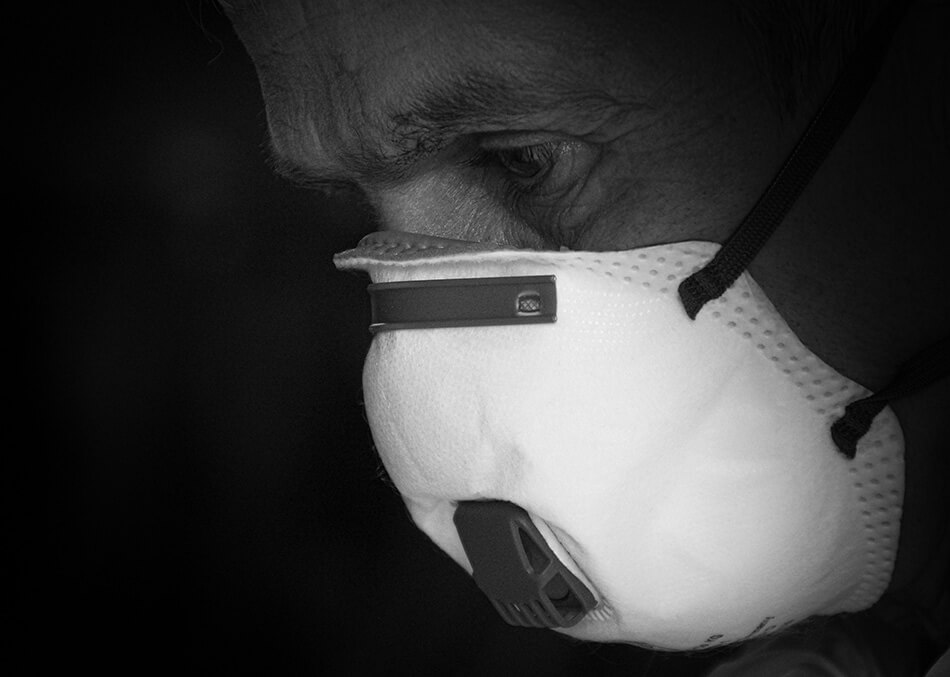This was prompted after the worst of the H1N1 swine flu in 2009, which killed more than 12,000 Americans and sent over 200,000 to the hospitals, exposing health care workers. At the time, OSHA had rules to protect health care workers from bloodborne infections — such as hepatitis — but nothing for respiratory infections (like COVID-19).
In 2005 Bush addressed Congress warning that we needed a robust pandemic plan in place. Obama made a similar speech in 2014. Both speeches on Youtube. OSHA put the final touches on the proposed rule and published it in 2017. But for some reason! … it was put on the back burner and never passed. Out of sight, out of mind.
So here we are in 2020 – experiencing the Corona Pandemic Crisis, which is an inconvenience for some, loss of wages for many, a death sentence for way, way too many – and an unprecedented RISK of OVEREXPOSURE to the health care workers of our country.
So no, we did not prepare.
I have taught Emergency Preparedness for industry for nearly 30 years under the OSHA HAZWOPER standard, and this in-depth training includes preparedness through engineering controls and safe work practices. That rule focuses on preparedness in the event of a significant chemical spill or release. The message is clear: Employers had better be prepared to protect workers, or OSHA will be knocking at your door!
Isn’t OSHA supposed to be there for all industry, including medical workers? Maybe I missed it – but I must ask– where is Loren Sweatt, who leads OSHA, in all of this? There is a general Corona guidance page on the OSHA.gov web site – cut and pasted from CDC- that’s about it.
And what about this? Isn’t OSHA still supporting the federal whistle blower protection program for people like Chris Smalls, fired manager of an Amazon Warehouse – who spoke up about unsafe working conditions because the company’s lack of precautions against the coronavirus?
Where are the OSHA enforcement officers? Enforcement should be out there now. OSHA already has a basic law to protect ALL workers, which states: “Employer shall furnish to each of his employees employment and a place of employment which are free from recognized hazards that are causing or are likely to cause death or serious physical harm to his employees.” This is known as the General Duty Clause. Did you catch the words: RECOGNIZED HAZARDS? I recognize the Corona hazard – I think we all do.
It would help if Congress also passed an Emergency Rule to address the concerns of workplace corona virus exposure, as this would give OSHA enforcement officers more leverage. But the OSHA Administration isn’t pushing for it. The only thing I could find from Loren Sweatt is a lame letter dated March 18, 2020 , where she wrote “that the emergency rule would distract hospitals from fighting the coronavirus”. Really Loren, that’s it? Where is your leadership? What a shame you aren’t saying more.
The Bhopal India chemical disaster of 1984 was the wake up call that prompted OSHA to protect workers in the event of a chemical disaster. It is my hope that COVID-19 will put pandemic preparation and response on top of the pile of Congress’ TO DO LIST, and dust off what OSHA proposed in 2017.
I see people posting on social media to Medical Workers, saying “Good Job”, “We are praying for you”. But these “at risk” workers need more than lip service. They need outraged Americans to pressure our federal government to fix the emergency preparedness regulations and address this issue of worker protection during a pandemic crisis.
Let’s learn from this and never again neglect our medical health care workers and others that have worked “at risk” during this kind of crisis. We’re better than that.
Time for a change.
Carol Brozosky, CHMM, CIT
PTP Consulting, Inc.
President

